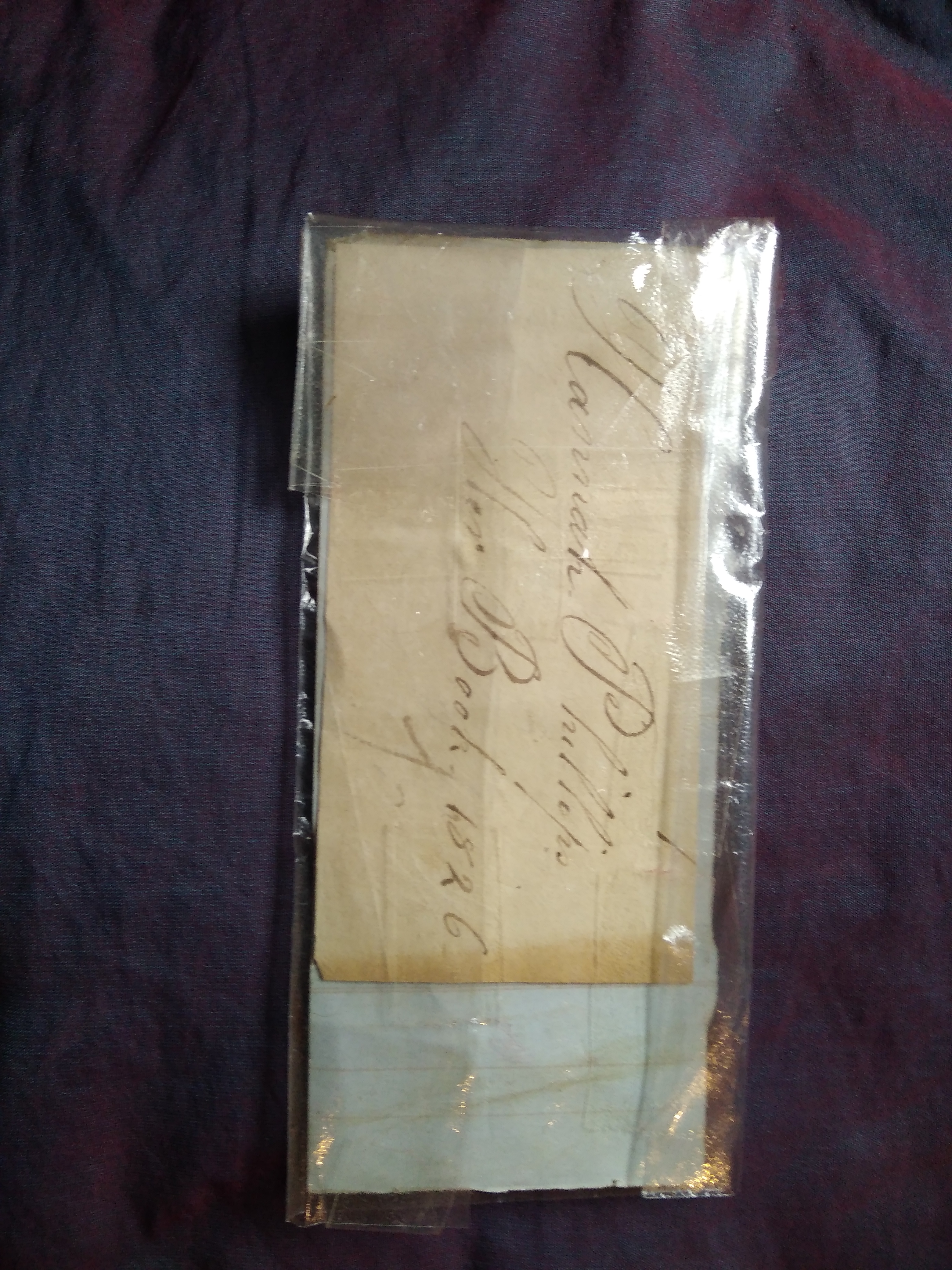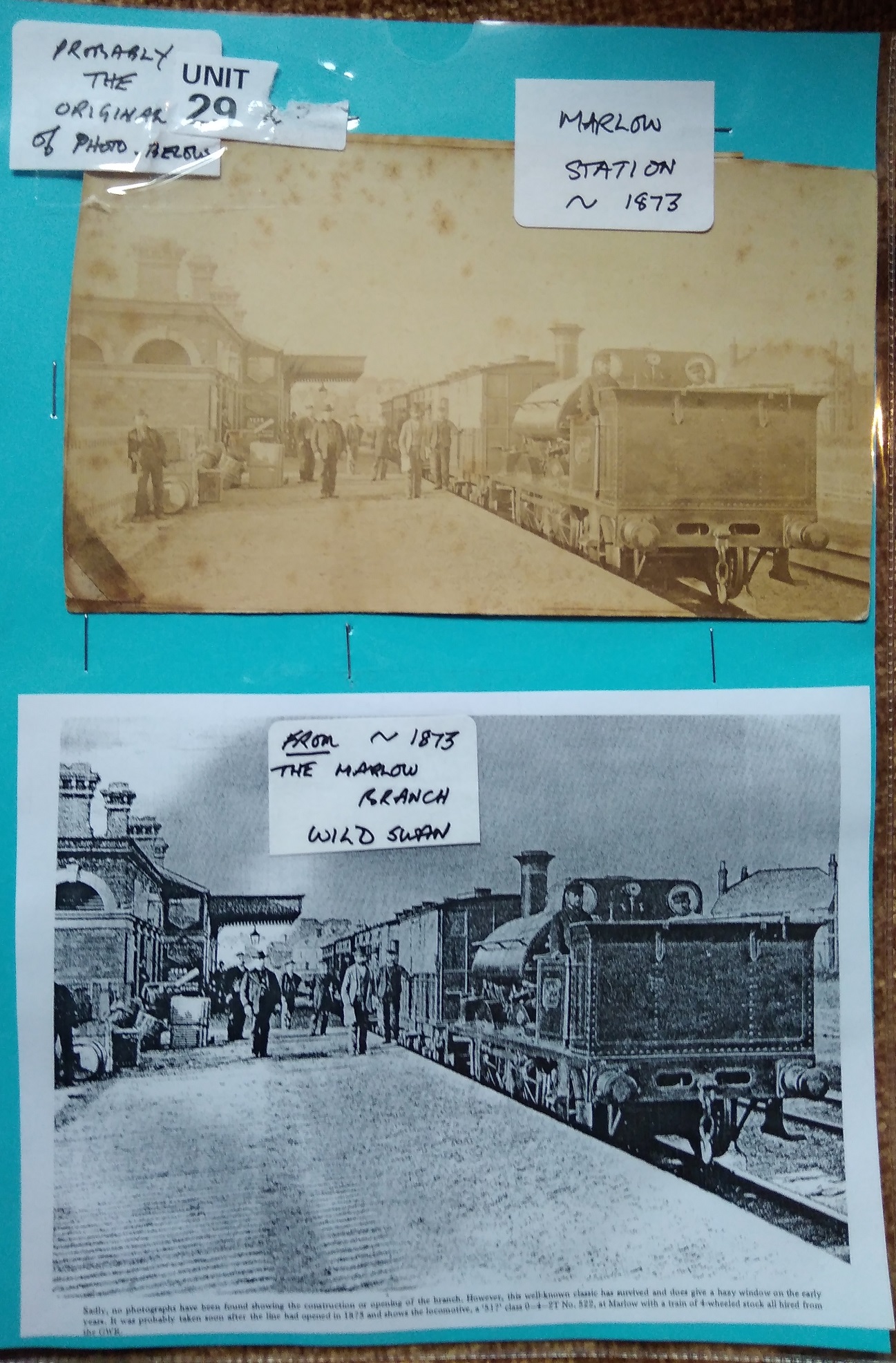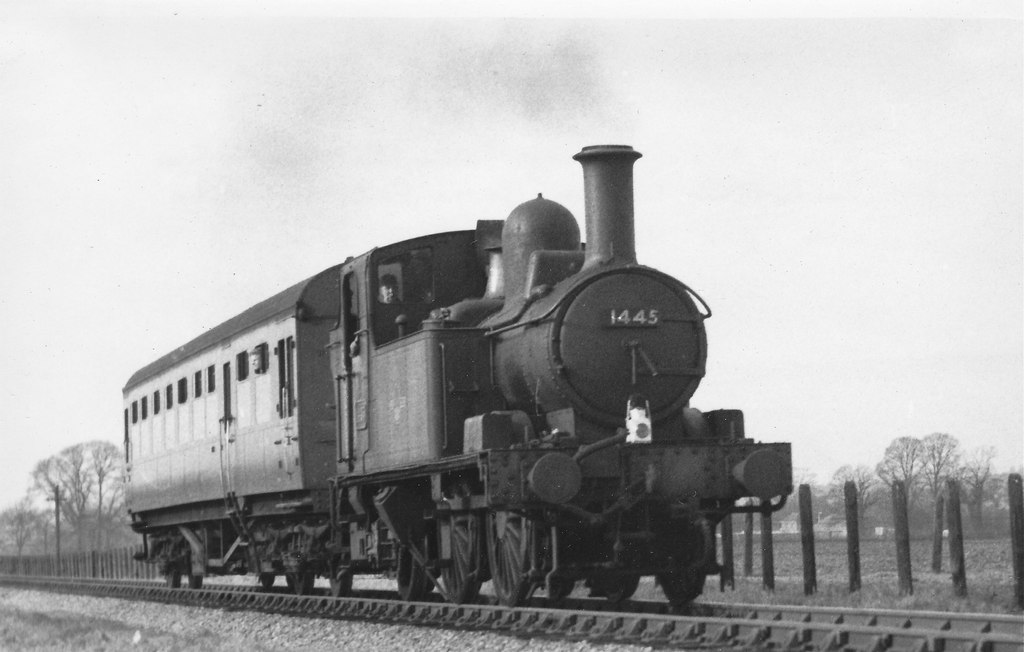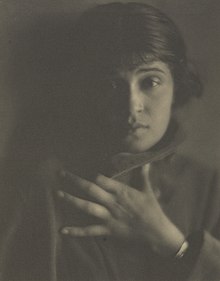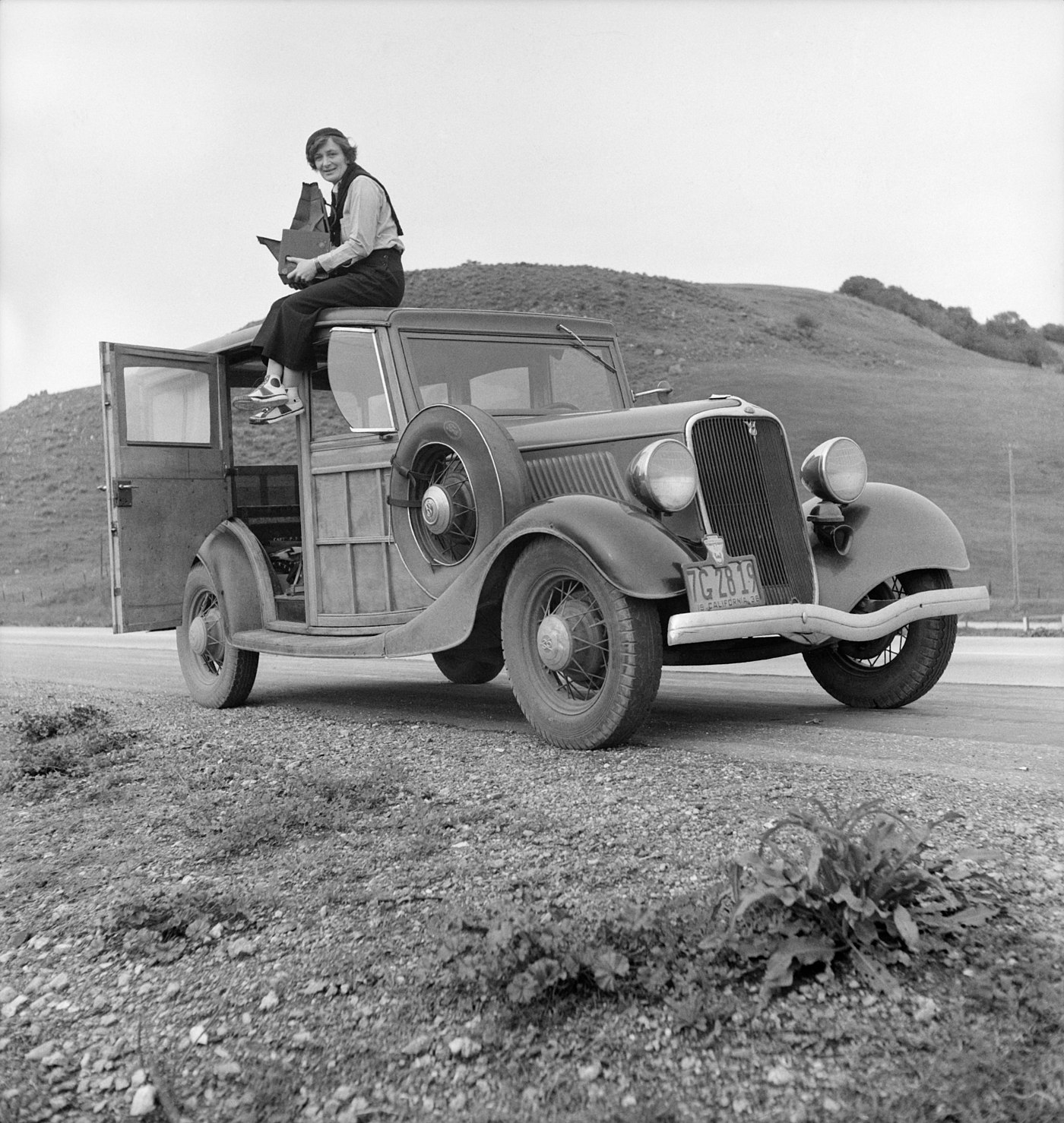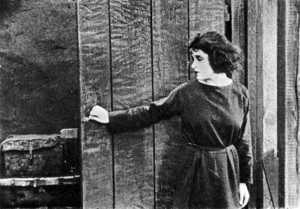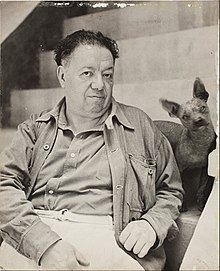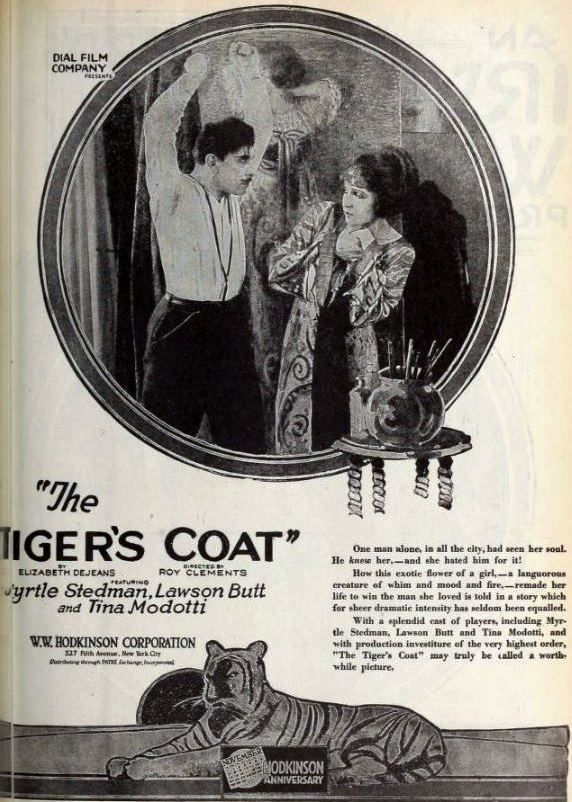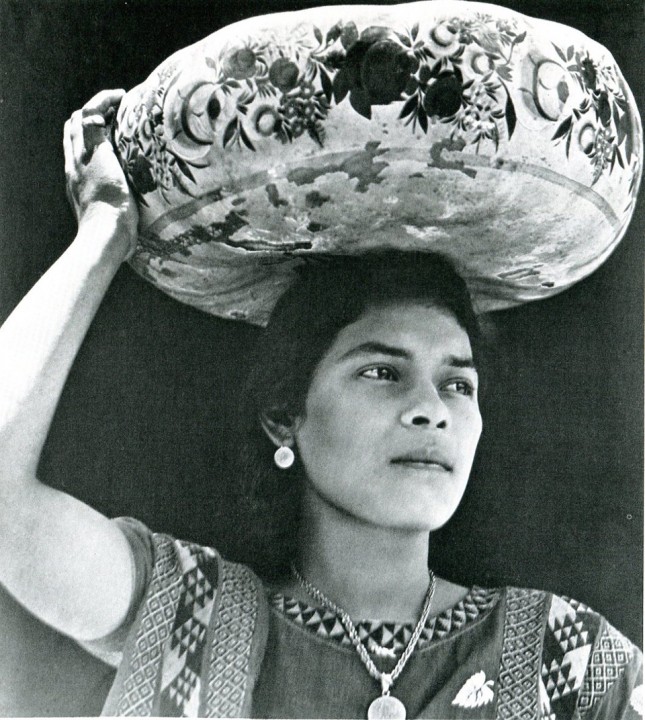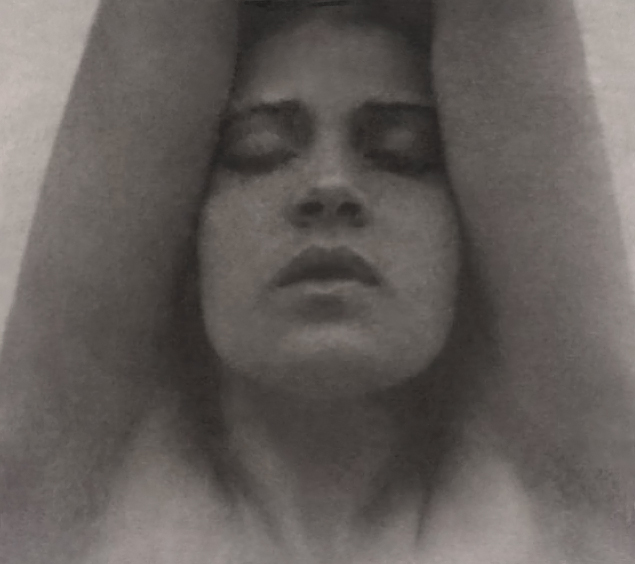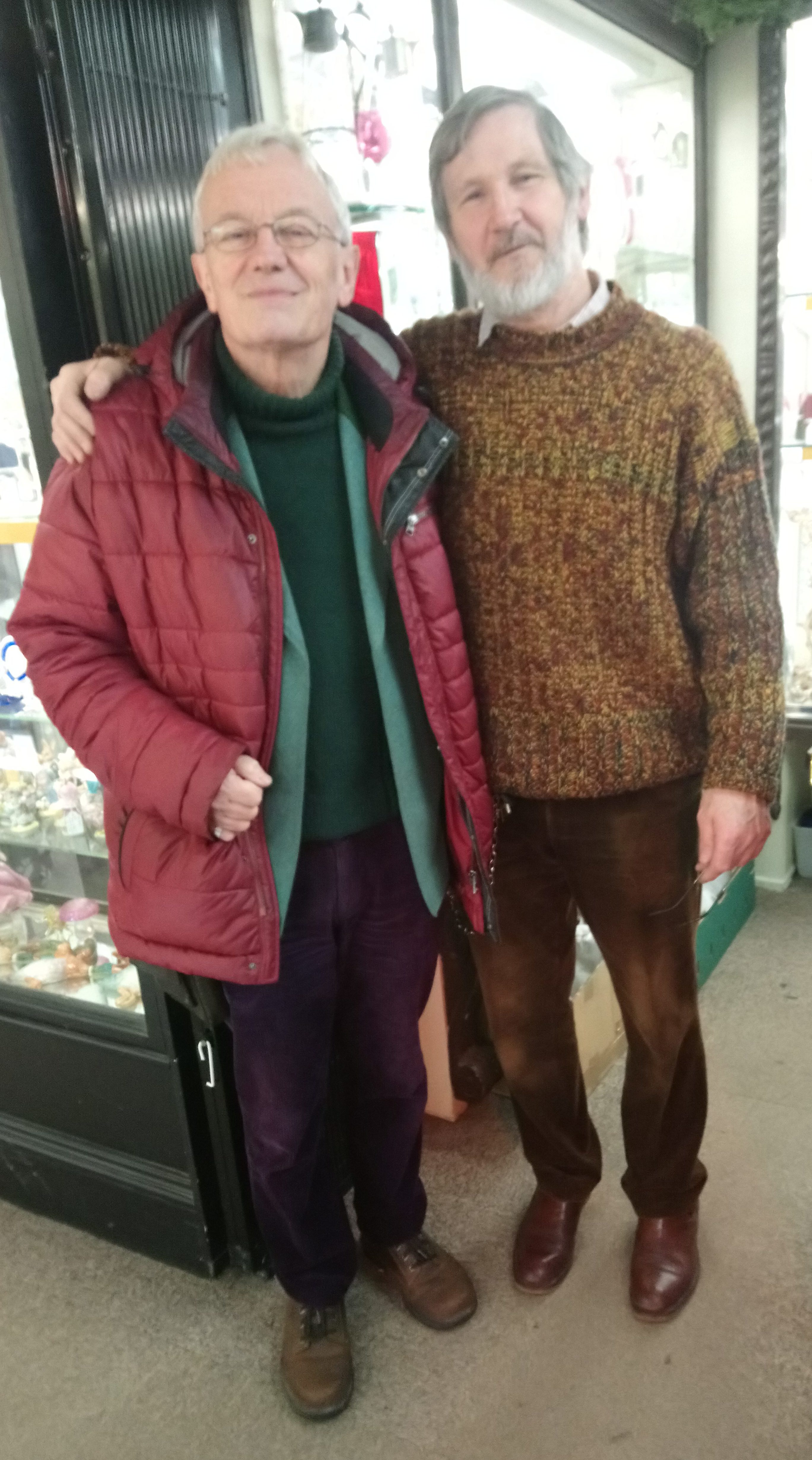Small Finds Five
This is the fifth of a small series of articles in which I will discuss items that I have either purchased or just seen when visiting antique establishments in Hungerford and elsewhere.
The Piccadilly Circus Saucer
Most people in the UK have visited Piccadilly Circus at some time or the other in their life. I can remember visiting the landmark when I was very young and being totally in awe of the magnificent light display.
As I grew up, I visited Piccadilly Circus on many occasions, sometimes to hook up with friends or just to kill time whilst waiting for a performance at a nearby theatre or cinema. Whilst I do not do crowds that well, I did enjoy sitting under Eros just watching the world go by. I was there a few weeks ago as I wanted to take in the bookshops on the Charing Cross Road and although the light displays are very much state of the art these days, the actual feel of the area has not changed that much.
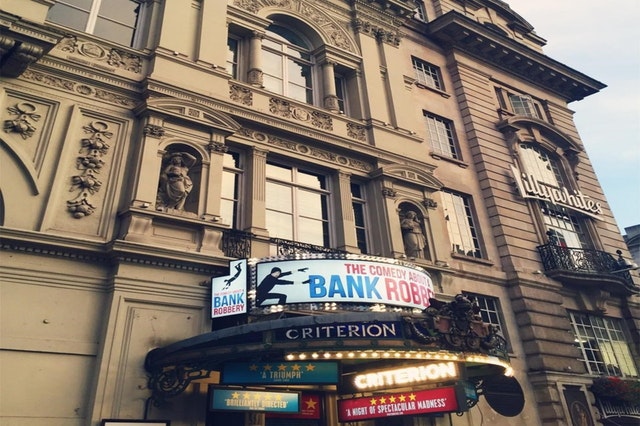
https://www.pexels.com/photo-license/
There has been a road rationalisation of course, but the Criterion Theatre is still there and tourists from all nations can be found just chilling out and taking photographs. There is an exciting buzz, but also I feel a degree of calmness when I am there for some reason.
With the advent of mobiles and selfie sticks, you can bet that if you sit under Eros for any length of time, your image will be captured a thousand times and in the weeks after, will be transported to a great number of different countries.
You might have guessed that I find Piccadilly Circus an interesting place as you feel that you are in the heart of London.
I remember chatting (with difficulty) with my daughter who happened to be in New York with her family and as luck would have it, was in Times Square at the same time as I was sitting under Eros. To think that I was in Piccadilly Circus and she was in Times Square at the same time gave me a peculiar feeling of movement and stillness. She was in a similar environment thousands of miles away with visitors from all corners of the globe as company whereas, I was in London with the like visitors surrounding me.
For fun, I suggested that we should click our fingers simultaneously in London and New York. Which we did. Nothing happened, the world did not end, we had not proved or disproved the Chaos Theory and there were still butterflies nearby. Enough of this Stuart, there is a time and place to write about La La Land and you should have by now explained why you have called this short article The Piccadilly Circus Saucer.
The answer is easy as recently I purchased a solitary saucer from the the only stall with a basement in the Arcade. But why did you buy it? Because it had an illustration of Piccadilly Circus printed on to its face. Fine, but is is just another example of the London tourist tack which is available everywhere.
The saucer is not dated so I am looking for clues as to its age.
I purchased the saucer because it challenged me and if you look at the photograph of this saucer, you will see where I am coming from. There are a number of clues.
What are the clues you may ask?
The red AEC Regent buses and the general traffic, including the cabs help to date the illustration. The bus radiators are old fashioned and the cars and coaches definitely are from the 1950s/1960s
This could have been painted yesterday. I agree, but why would a pottery take the trouble to illustrate this vintage scene? The saucer is genuine but I have not firmly dated it. But there is a bigger clue which you might have spotted whilst I have been waffling on. Yes, the actual advertisements will help me to date the saucer and as normal, I will turn to the internet for help.
As you can see, the main advertisements are the Bovril and Guinness ones. Both of which vanished years ago.
Well unless the artist used artistic licence, the illustration pre dates 1954 as the Coca Cola advertisement was next to the Guinness time clock from that year onwards and although it has been moved around slightly, it is there to this day.
The second clue is the Schweppes Tonic Water advertisement which can just be made out on my little saucer under the bold Bovril one. Well according to my researches, both the Bovril and the Schweppes advertisements were in place between 1920 and 1961.
So here goes. I believe that this illustration dates from between 1950 and 1954, but I have a feeling that the artist has pulled a fast one as the motor cars seem to have been of a later design and the red buses had such a long life that they provide little in the matter of detail.
I tried dating the illustration by taking into account the position of Eros, but this statue has been moved so many times that I began to get dizzy even thinking about it. All this for a small saucer that cost me just fifty pence.
But I did learn one thing when writing this article, and that is The Shaftesbury Memorial Fountain that we all call Eros is nothing of the sort. The winged statue is not Eros at all, but of Anteros his brother. It as an easy mistake to make but it took the purchase of an obscure saucer in a small West Berkshire town for me to realise this.
Happy Hunting
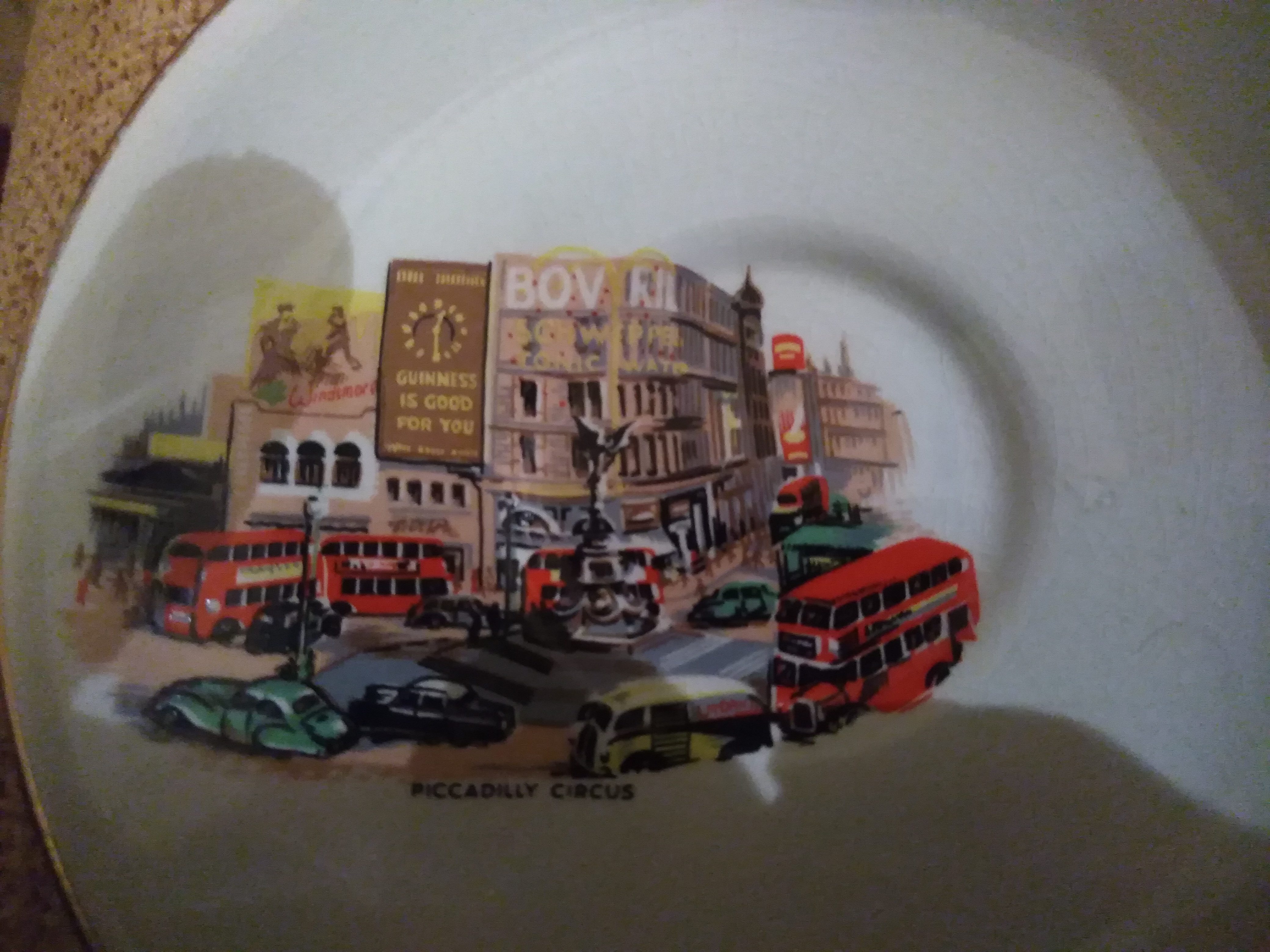
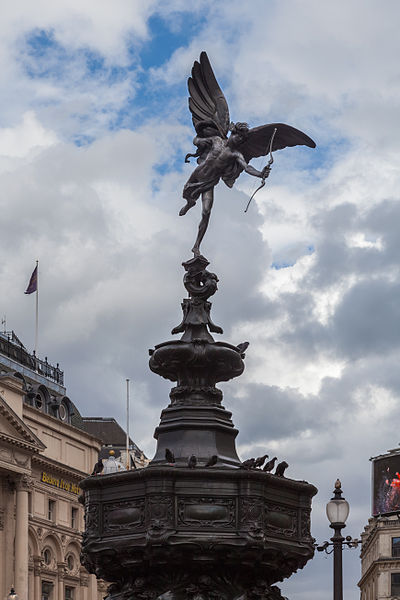







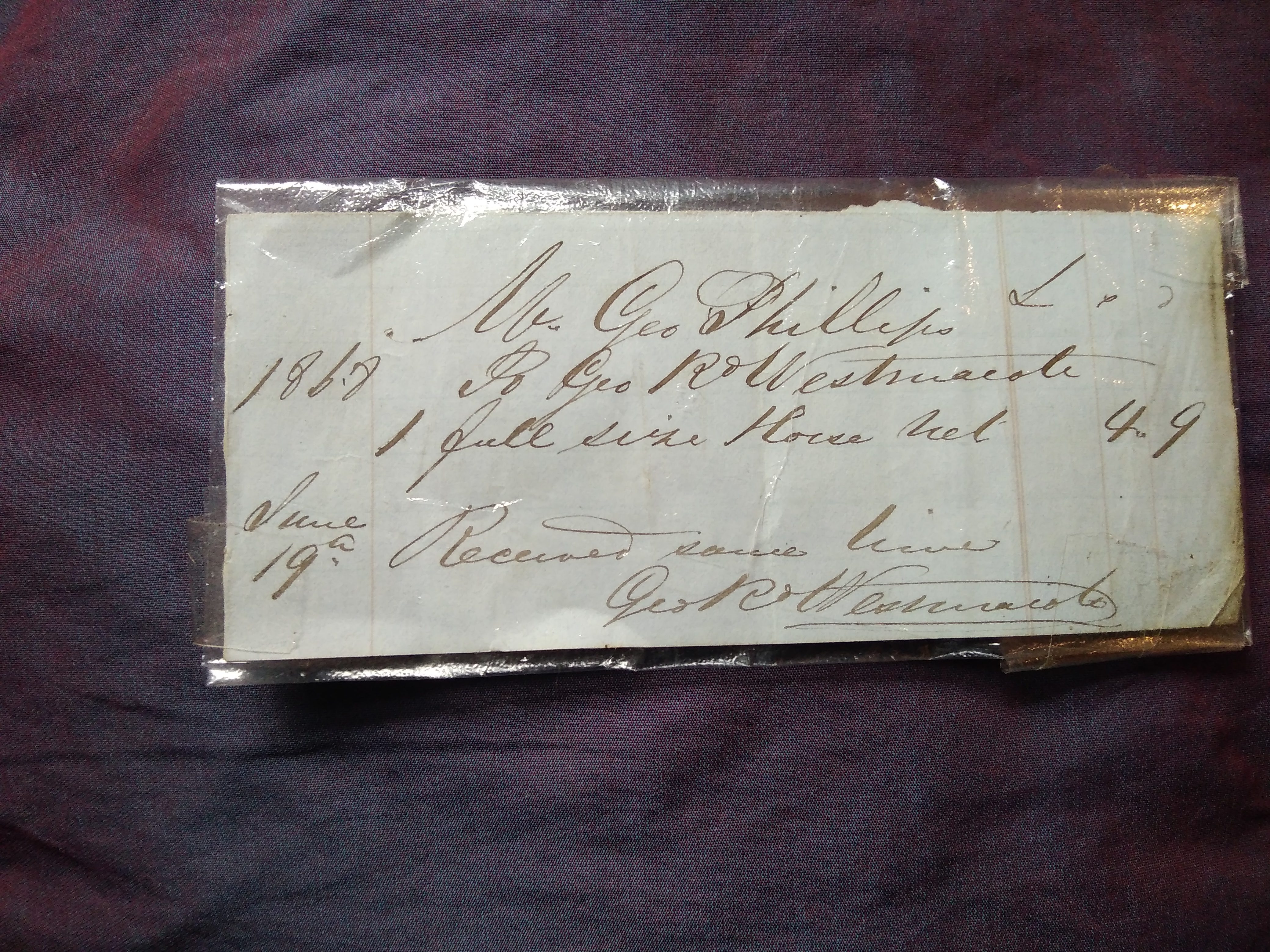 I found a Victorian receipt and Hannah’s autograph when looking around the Arcade today.
I found a Victorian receipt and Hannah’s autograph when looking around the Arcade today. 